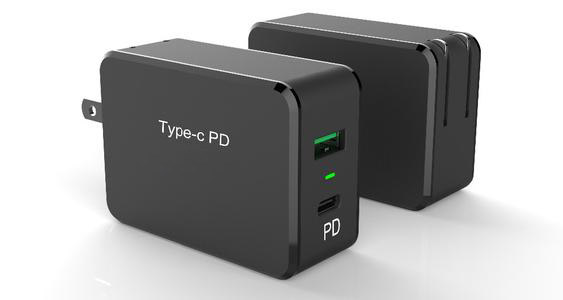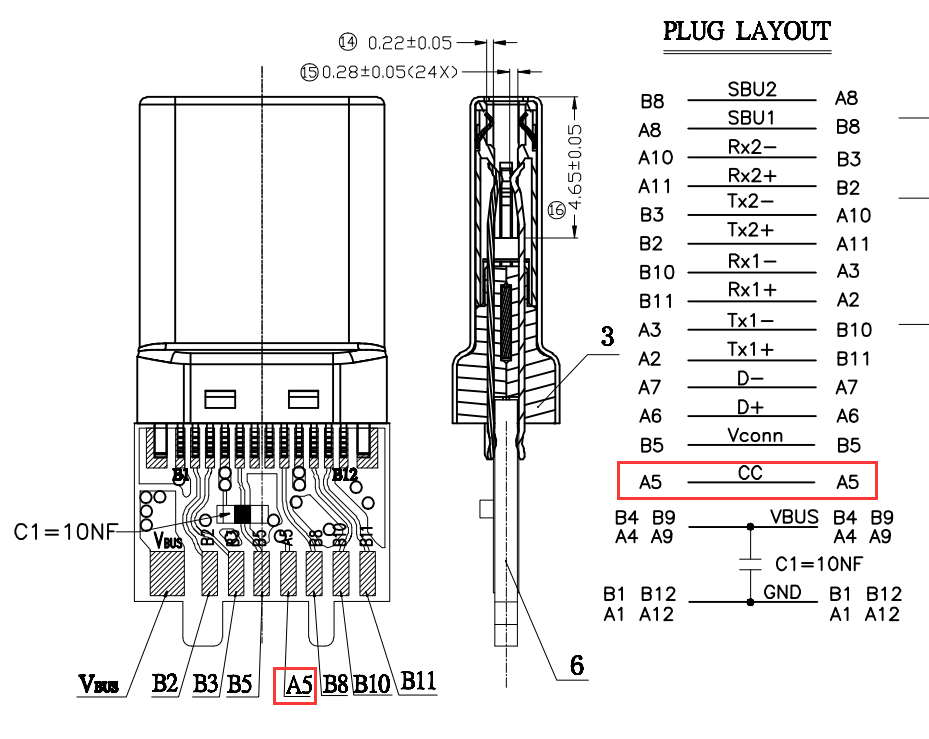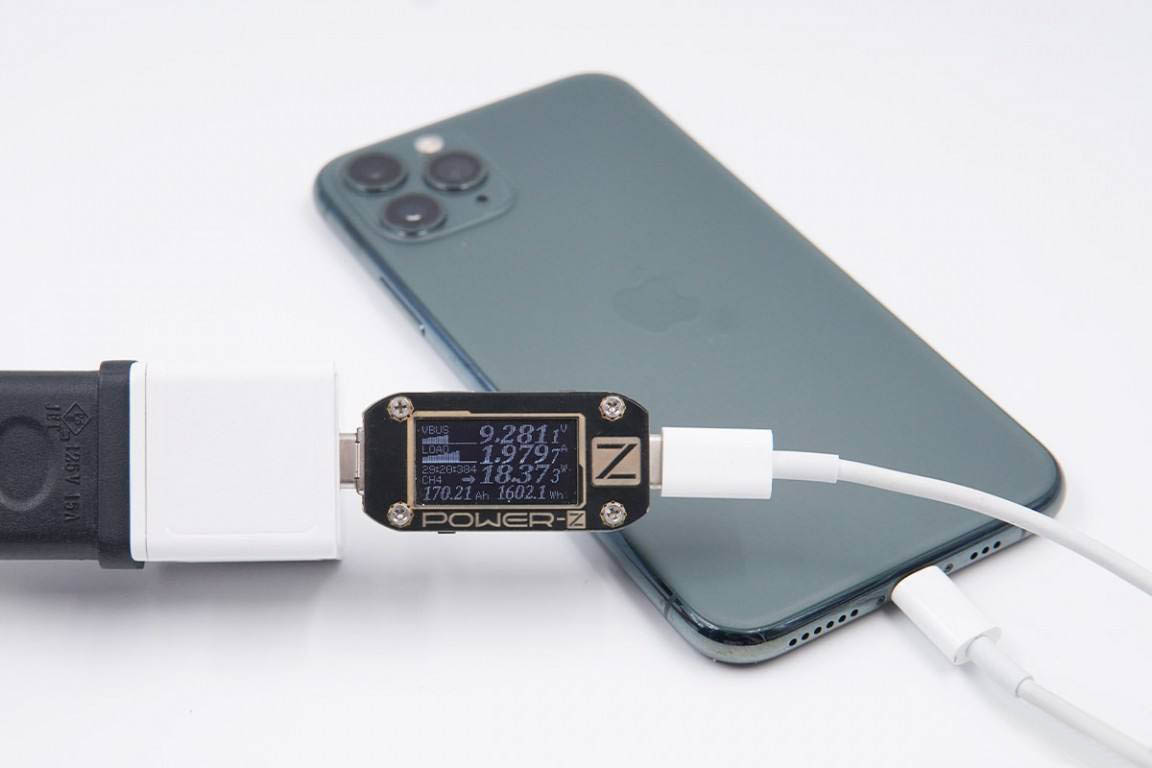The USB Power Delivery (PD) Charging Protocol was developed and published by usb-if. It has the ability to increase the type-C interface’s maximum power—which by default is 5V / 2A—to 100W and freely switch the power’s direction. Simultaneously, Google mandated that all smartphones running Android 7.0 or later incorporate support for the PD fast charging protocol.
USB PD has now been updated to the USBPD3.0 version. The USB Power Delivery specification now includes Qualcomm’s QC fast charging protocol, an initiative spearheaded by Google.
In the near future, it is anticipated that the situation where various businesses use their own charging protocols will be unified. With this, we hope to unify and standardize the fast charging market.

Between USB PD and Type C
USB Power Delivery (PD) is often misunderstood, leading some to believe that all Type-C chargers are also PD chargers. It’s true that USB PD and Type-C are two distinct technologies; the former is a rapid charging protocol, while the latter is a brand new interface.
By default, the Type-C interface can supply 5V at 3A. However, this maximum output power of 100W is only possible once the USB Power Delivery (PD) protocol is in place.
Advantages of USB PD fast charging protocol
The USB Power Delivery (PD) fast charging protocol allows for flexible reversal of power flow during charging as well as increased charging voltages and currents by maximizing power transmission through the USB cable and connector.
Relationship with other charging protocols
The USB PD protocol is an isolated system that cannot communicate with the fast charging systems of competing manufacturers. Already included in the USB-IF-released PPS (Quick Charge Technical Specification) are Qualcomm’s QC 3.0 and 4.0, Huawei’s SCP and FCP, MTK’s PE3.0 and PE2.0, and OPPO’s VOOC 3.0.
QuickCharge3.0/2.0 is a strict charging protocol, meaning it only supports charging and one-way power transfer. To boost charging power and speed, the protocol calls for increased communication via D+, D- protocol chips for handshake matching, followed by an increase and change to V+ (output voltage).
USB-PowerDelivery (USB PD) is not just a protocol for power transmission and management; it can also switch the power supply or the power receiving device, communicate with the active cable via the special CC pin of the type C port, and change the port’s function. It’s capable of performing a wide range of cutting-edge operations, including mobile phone reverse charging.

The future of USB PD
The majority of smartphones and mobile devices use USB PD fast charging, according to data from major mobile phone manufacturers and chip manufacturers. USB Type-C will also become the only interface for power and data transmission between electronic devices in the next 10 years, and the USB PD fast charging protocol will soon be unified.
